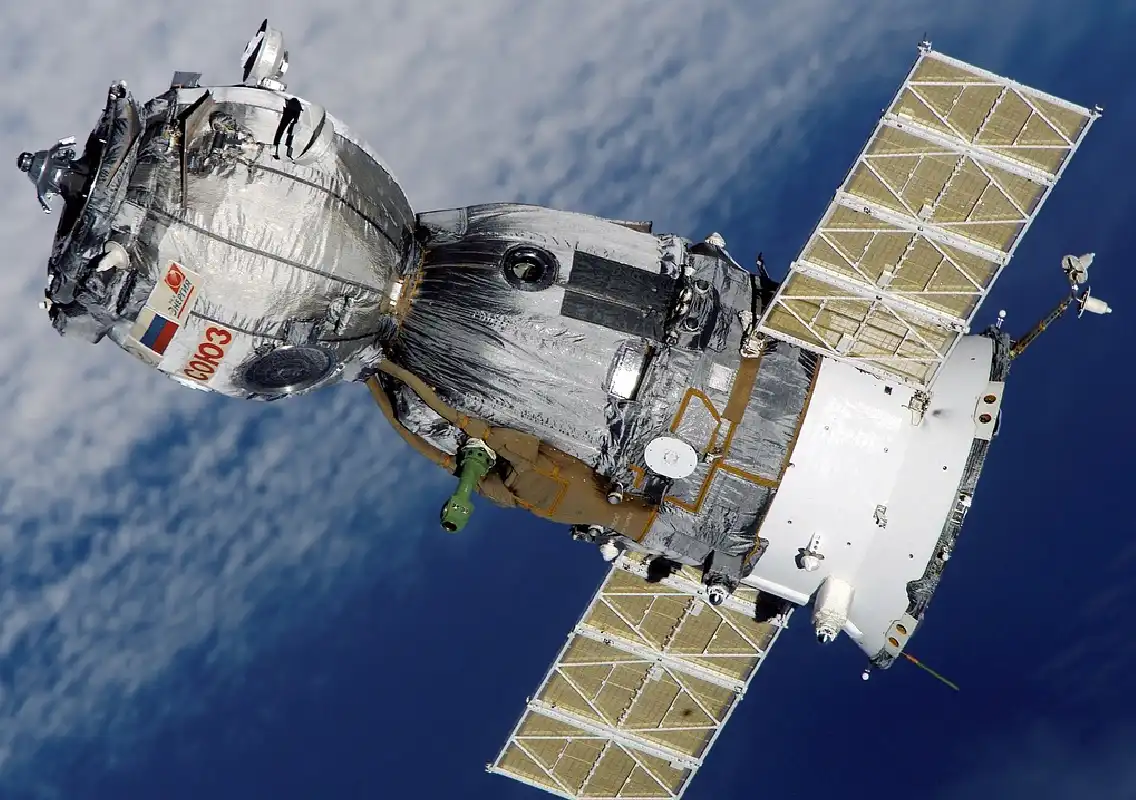Copyright newskarnataka

Three leading European aerospace companies — Airbus, Thales and Leonardo — have reached a framework agreement to combine their satellite manufacturing and services operations. The merger, expected to begin operations in 2027 pending regulatory approval, aims to create a strong European competitor to low-Earth-orbit satellite systems like Starlink. Key details of the deal The new entity will employ around 25,000 people and generate approximately €6.5 billion in annual revenues based on 2024 figures. Ownership stakes are set at Airbus 35%, Thales 32.5% and Leonardo 32.5%. The merger, code-named “Project Bromo,” follows a cooperative model similar to the missile-maker MBDA, jointly owned by Airbus, Leonardo and BAE Systems. The companies expect significant operating-income synergies, projecting “mid-triple-digit” millions of euros annually within five years. The merger will combine Thales Alenia Space, Telespazio, and selected Airbus space and digital divisions. Why this matters The European space industry faces growing competition from rapid expansions in low-Earth-orbit satellite broadband, particularly from Starlink. By pooling resources, the companies aim to enhance Europe’s strategic autonomy in space, improve efficiency, and strengthen innovation capacity. Challenges and considerations Regulatory approval remains a key hurdle, as European authorities have previously expressed concerns about large aerospace consolidations. Although no immediate job cuts are planned, around 3,000 positions in the combined space divisions have already been reduced. Integration risks include differences in corporate culture, past competition among the firms, and governance complexities. Market and technological risks remain, including competition in LEO satellite broadband, launch cost pressures, and evolving regulations. The road ahead The companies will focus on finalizing governance, valuations, and regulatory filings over the next two years. Observers will monitor how the new entity positions itself in satellite broadband, Earth observation, defense, and security services. Successful integration will determine whether it can effectively rival Starlink globally.



